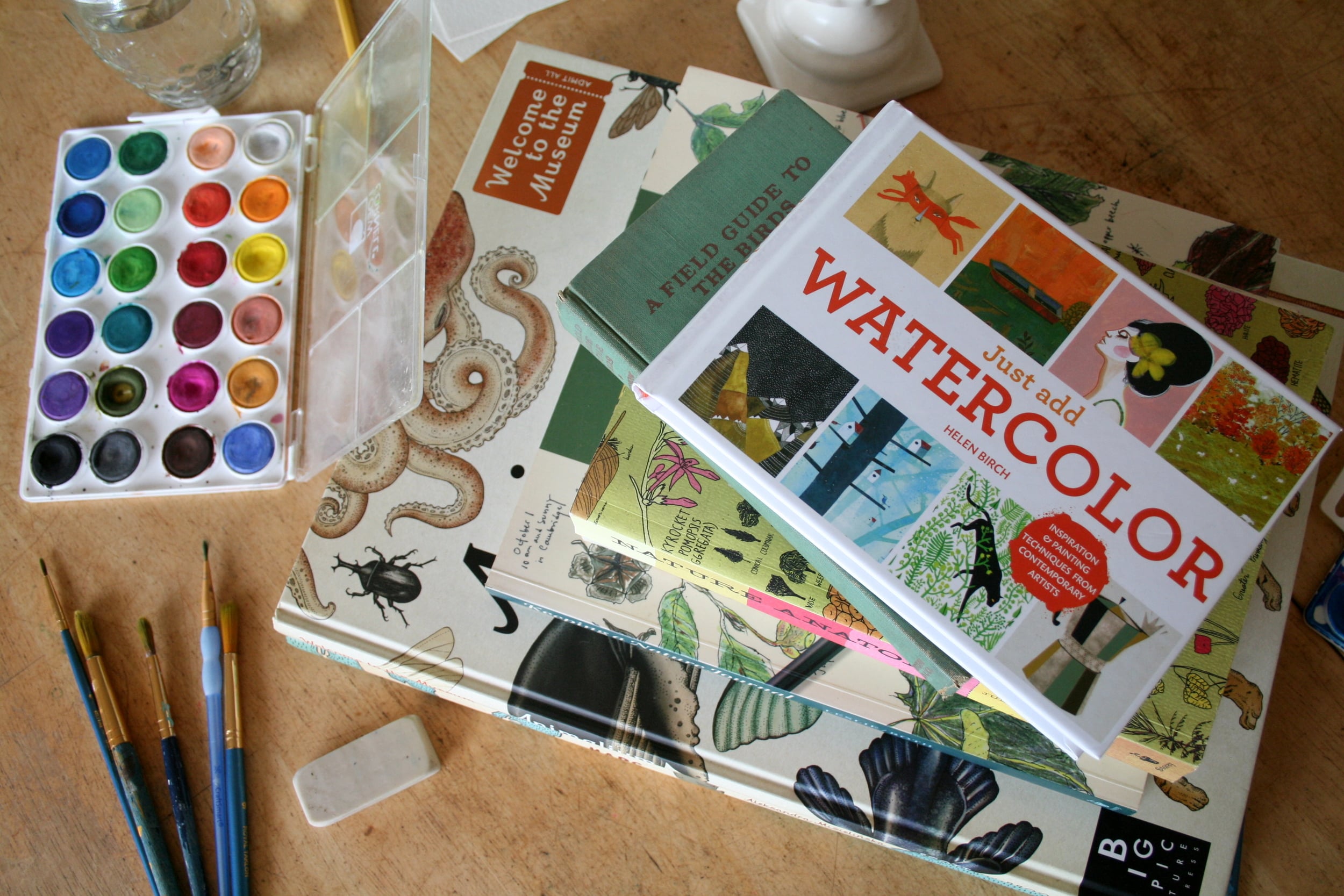There's a spot just inland of us that boasts the most beautiful meadows of wildflowers. We look forward to visiting it every year, and after such a wet winter we knew it would be amazing. This year the creek was flowing and full of tadpoles, the fields were carpeted with yellow, purple, white, and blue flowers, and we were basically in wildflower heaven.
Bouquet of Tidy Tips, Lupine, Owl Clover, and Blue Eyes. A Wildflower Nature Study!
A Love of Nature and Learning
Visiting and interacting with beautiful places is the best way I know how to instill a love of learning in my girls. I don't put any expectations on what they will take away from the experience, but rather provide what I can to make the most of it. I do my part by equally being involved with the wonder around us.
One of my daughters really enjoys capturing the beauty of the day with her camera. My other daughter can sit and watch the flowers blow in the breeze for hours, listening to the bugs and observing things others may pass by. I really love learning the names of the plants and flowers and birds, etc. I feel like I've made a new friend when I learn the name of a flower. And then I can introduce my new friend to my girls so they can now be friends too.
We also all enjoy drawing and painting in our nature journals and enjoying the moment with each other and our nature loving friends, who always make our adventures that much richer.
A patch of Goldenfields and Tidy Tips. Sunbonnet by Blue Corduroy.
To get the most our of our outdoor adventure, I like to follow up where I see more information would really round out our experience. Since this particular adventure was mostly about admiring the wildflowers, we took some time the next day to study the parts of a flower. We might find poems about springtime, or be inspired to write a poem ourselves. Or we may find out a handy medicinal use for our flower, or that it is even edible.
The books we used this particular day were a handful of local wildflower guides and a few nature book staples:
Chumash Ethnobotany by Jan Timbrook.
How the Chumash People of Southern California used the local plants for medicine, food, etc. I didn't know that Chia Seeds came from a Sage plant, and that they grow here and that the Native Indians used them as a quick and lasting energy source of protein.
California Spring Wildflowers by Philip A. Munz.
A large variety of plants, organized by color which I find very helpful. Includes photographs and simple line drawings.
Central Coast Wildflowers by Mary Coffeen.
Mary has an intimate knowledge with the Central Coast and her love for it shows in her beautiful descriptions. I would use this book for her memories alone! Organized by habitat which I found very helpful.
Nature Anatomy by Julia Rothman.
My go to nature book! This book covers basically everything and is so simple, in a good way. We always gain a concrete base of knowledge we can then build upon where interest leads. The simple drawings are also always inspiring for our nature art journaling.
Drawing and Painting Plants by Christina Brode.
Not only is this book filled with amazing tips on how to draw what we find. It is also an incredible botany study book. It teaches us how to identify plants by learning parts of a flower, leaf and fruit identification, vein patterns and more.
Botanicum by Katie Scott and Kathy Willis.
Talk about flower art inspiration! This book is stunning!
I've added plant and flower names to my knowledge base, one or two at a time. And as the years add up, I'm so happy to discover how many my girls and I have learned! I also am finding that the more time we spend observing nature, the more we crave it. And how wonderful it is that this is something my daughters and I can do and enjoy together!






















